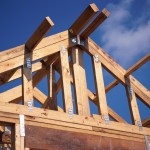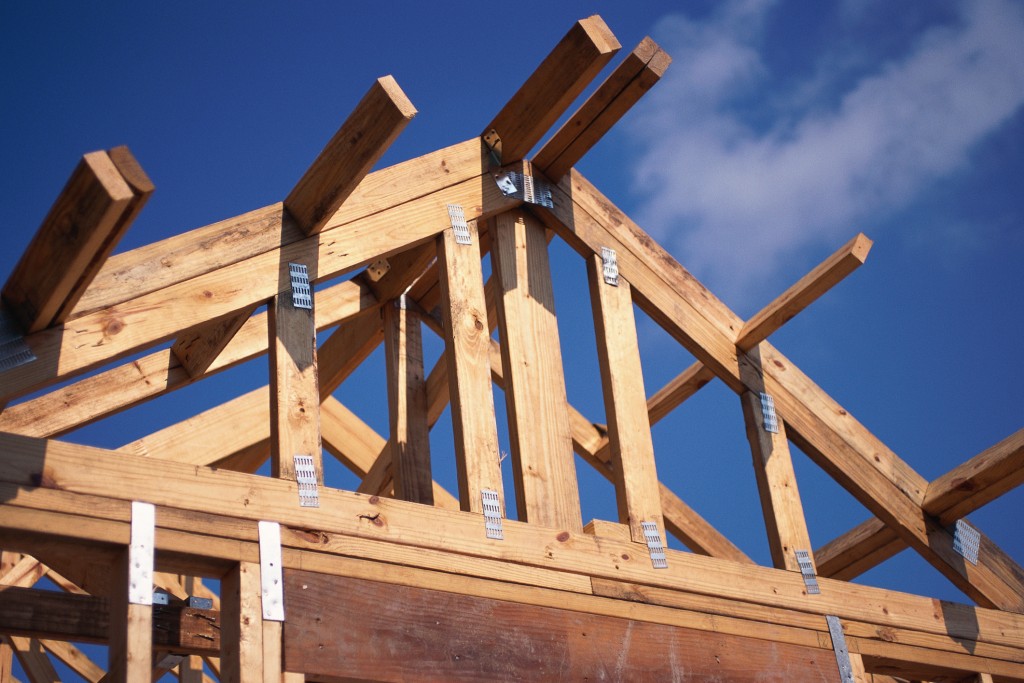New housing construction has slowed down in February, according to the latest ONS data, released today. Private new housing has dropped by 1.6 per cent compared to January and repair and maintenance in the private housing sector was by 2.7 per cent lower than a month ago. Private new housing construction in the period December […]
New housing construction has slowed down in February, according to the latest ONS data, released today.
 Private new housing has dropped by 1.6 per cent compared to January and repair and maintenance in the private housing sector was by 2.7 per cent lower than a month ago.
Private new housing has dropped by 1.6 per cent compared to January and repair and maintenance in the private housing sector was by 2.7 per cent lower than a month ago.
Private new housing construction in the period December 2014 to February 2015 was 3.6 per cent lower than in the preceding three months.
Compared to a year ago, however, new private housing was by 7.9 per cent higher than in February 2014 and up by 7.2 per cent from the three-month period between December 2013 and February 2014.
Overall, construction output in February 2015 was estimated to have decreased by 0.9 per cent on the previous month. Both all new work and repair and maintenance contributed to the fall.
Compared with February 2014, output in the construction industry showed a decrease of 1.3 per cent.
In a three-month comparison, construction output in December 2014 to February 2015 fell by 3.2 per cent compared to the previous three months but increased by 0.3 per cent compared to the same period a year earlier.
One should not read too much into the current construction decline though. While February marked a second consecutive month of decline in construction after a continuous upward movement since the middle of 2013, the drop was smaller than in January, the ONS noted. Furthermore, activity a year ago was really strong, which has contributed to the current slowdown.
Nevertheless, a decrease in housing construction is worrying.
Andrew Bridges, managing director of estate agents Stirling Ackroyd, commented: “We’ve hit a crunch point for new homes. Monthly and yearly falls in housing construction are a sign that we’re heading in the wrong direction. It’s simple: we need more places to live, and they aren’t being built quickly enough or widely enough across the UK.
“This is nowhere clearer than in London, where our recent research demonstrates how the capital simply cannot meet its housing targets with the current rate of planning permission for new homes. Whoever makes it in to Number 10 after the General Election needs to realise that the housing shortage isn’t just a matter of loan rates and regulation – it’s a matter of bricks and mortar. The demand is there. It’s time to step up supply.”
The Construction Products Association (CPA) has projected a 5.5 per cent rise in construction output for this year, but is expecting a slowdown in 2016 and 2017.














